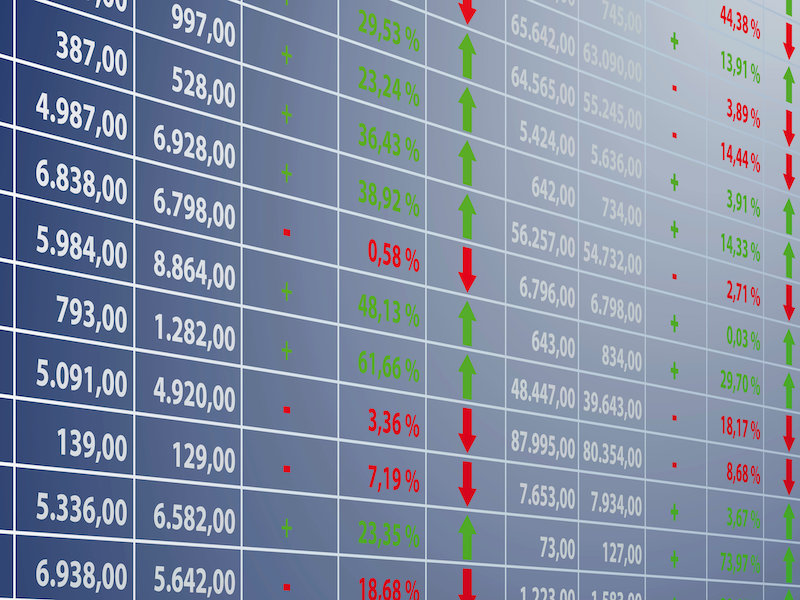

The median Canadian defined benefit pension plan returned 2.8 per cent during the last quarter of 2022 after facing losses of 12.8 per cent over the course of the year, according to a new report by Northern Trust Canada.
The report draws from the Northern Trust Canada universe, which tracks the performance of Canadian DB plans. The annual decline was seen in both bond and equity holdings, it noted, attributing losses in both categories to supply chain concerns, geopolitical uncertainty, monetary tightening and soaring inflation.
During the year, the S&P/TSX composite index fell by 5.8 per cent, though it rose six per cent during the fourth quarter. This was mirrored by the performance of U.S. equities, with the S&P 500 index finishing 12.2 per cent down on an annual basis, but rising 6.1 per cent during the quarter.
Read: Report finds Canadian DB pension plan assets declined 3.1% in December
Compared to equities domiciled outside of the U.S., the losses felt by Canadian equities were relatively mild, buoyed by the performance of the Canadian dollar. During the year, its value next to the U.S. dollar dipped by about six per cent, pushing up equity prices. The MSCI EAFE index finished the year down 7.8 per cent, after gaining 15.8 per cent in the final quarter.
The report attributed the small rally during the final months of the year to a warm response from investors to central bank policies. “As major central banks marched forward with consecutive interest rate hikes throughout the year, data emerged signalling their perseverance to combat inflation was starting to gain traction.”
Canada’s fixed income market also registered a slight bump during the fourth quarter, though it faced overall losses during the year. During the quarter, the FTSE Canada universe bond index advanced 0.1 per cent, down 11.7 per cent for the year.
Read: Canadian DB pension plan solvency up in 2022 while assets lost 15.6%: report
During the fourth quarter, central bankers relied on data to determine where interest rate hikes would prove most effective, noted the report. “Monetary authorities methodically monitored key economic data points to help map their journey to stem elevated inflation, while understanding the economic implications along the path,” said Katie Pries, president and chief executive officer of Northern Trust Canada, in a press release.
“Paralleling the importance of data, pension plan sponsors also have an important role in aggregating and digesting data as it enables them to . . . deliver value while ensuring long-term sustainability . . . as witnessed through the resilient returns observed this quarter.”
In a similar report, RBC Investor and Treasury Services found Canadian DB plans lost 10.3 per cent, the lowest drop since the 2008/09 financial crisis, despite returning 3.8 per cent over the last three months of 2022.
“Pensions gained traction toward the end of 2022 despite the ongoing volatility caused by embedded inflation and subsequent higher interest rates imposed by central banks,” said Niki Zaphiratos, managing director of asset owners at RBC Investor & Treasury Services, in a press release. “However, this was not enough to offset the first two quarters of heavy losses.”
Read: Canadian DB pension plan assets down 8.6% in Q2: report
